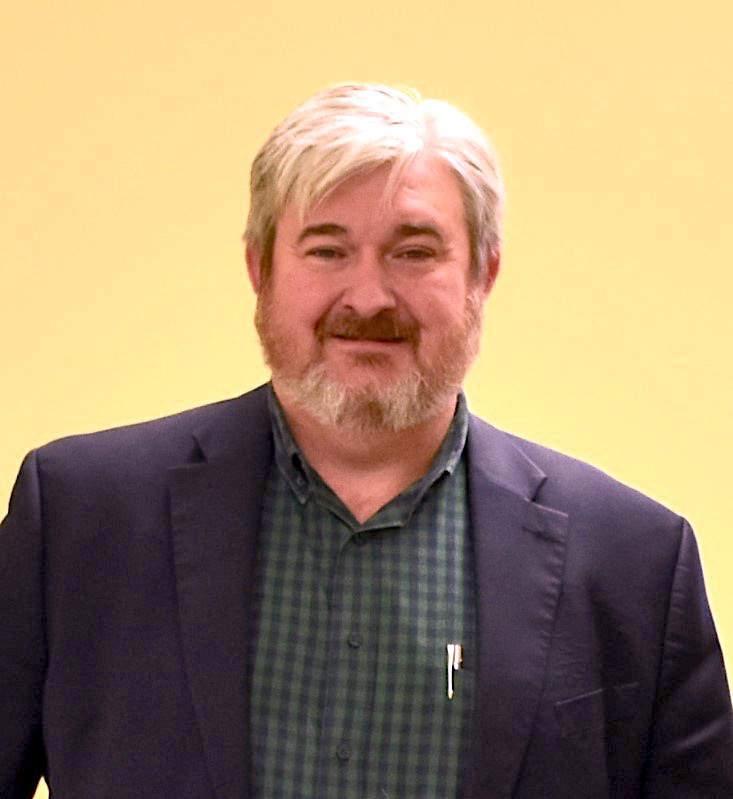How has the 2022 drought affected your forage production in the Southern Plains? That’s the question the USDA Southern Plains Climate Hub and the National Drought Mitigation Center (NDMC) are asking agriculture producers in the region to help answer.
By taking this short survey developed by NDMC, livestock producers can provide information that will help drought researchers evaluate forage monitoring and prediction programs, such as the existing Grass-Cast tool at USDA.
Grass-Cast is an online tool that combines soils information, vegetation data and past weather conditions to create a current soil water profile. It then adds in potential future weather scenarios to forecast how much grass could be expected to grow on rangelands by the end of the growing season. Forecasts are updated with actual weather data every 2 weeks. I have written about Grass-Cast before — you can read that earlier blog here or listen to a podcast we did with Dannele Peck, one of the developers of Grass-Cast way back in 2019.
Researchers want to know where Grass-Cast works well and where it doesn’t so they can improve its effectiveness in assisting farmers and ranchers in managing animal needs and forage supply. By providing information through this survey, producers can help ensure that researchers have the information they need to determine the accuracy of the Grass-Cast tool. These kinds of tools can be of real value, but only if they represent real conditions on the ground. That’s why the Hub and the National Drought Mitigation Center are asking livestock producers in the region to help out.
Anyone who manages or monitors rangeland, whether they currently use Grass-Cast or not can provide information in this survey. All survey results are confidential and will only be used to inform the evaluation of the tool.
Anyone wishing to take the survey can go to https://go.unl.edu/grasscast2022. To check out the end-of-season version of Grass-Cast, go to https://grasscast.unl.edu. For more information about the survey, contact Tonya Haigh at thaigh2@unl.edu.
Please help out if you can!
Related Content
Plenty to be Thankful For This Year







Post a comment
Report Abusive Comment